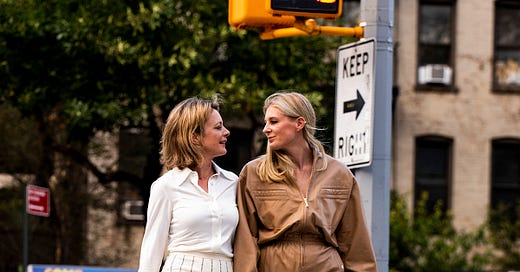Now I’m not an economist, I am a fashion journalist. As we all enjoy the last few episodes of Succession, I’m going to share my Murdoch story of shame. It was 2010, the election was coming, and it looked like 13 years of Labour were about to give way to Tory …
© 2025 Tiffanie Darke
Substack is the home for great culture




